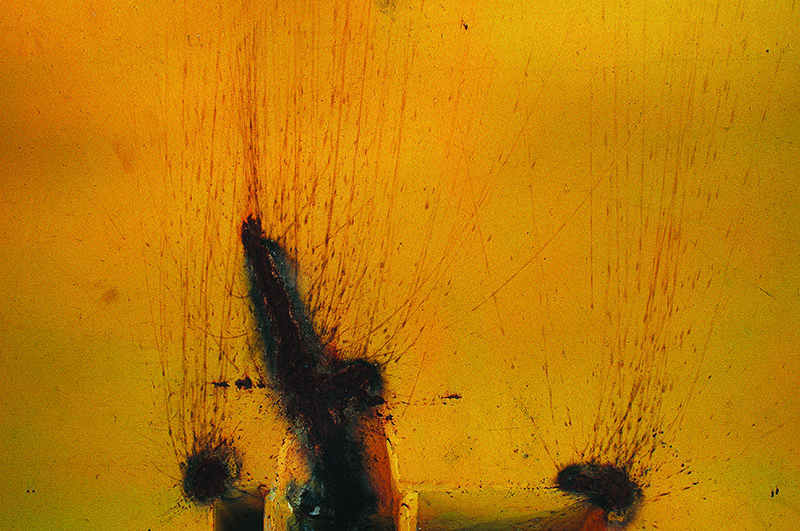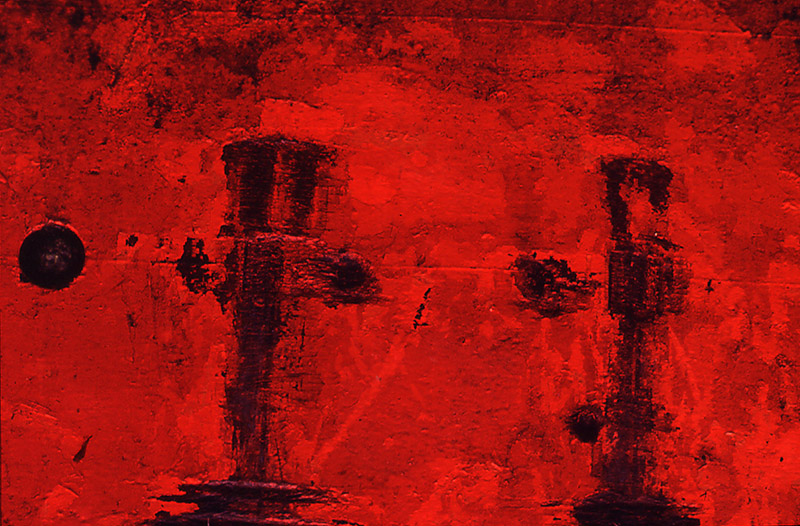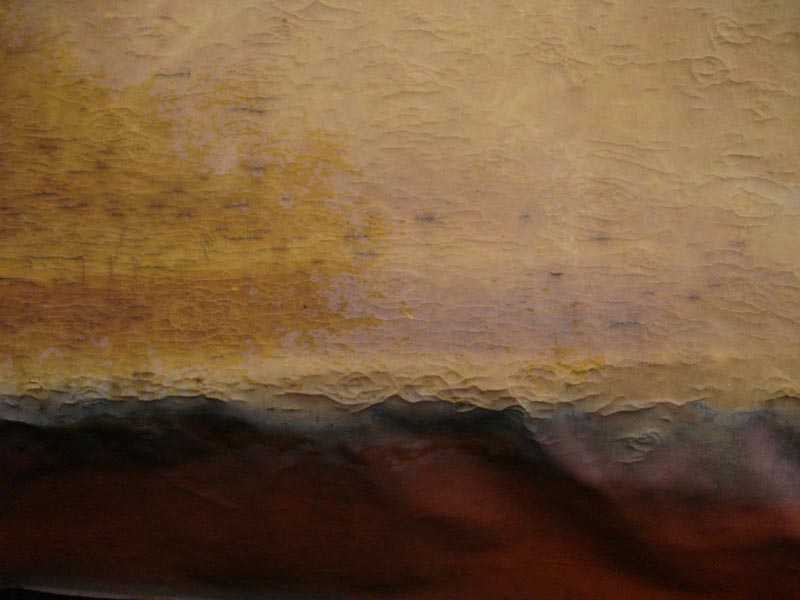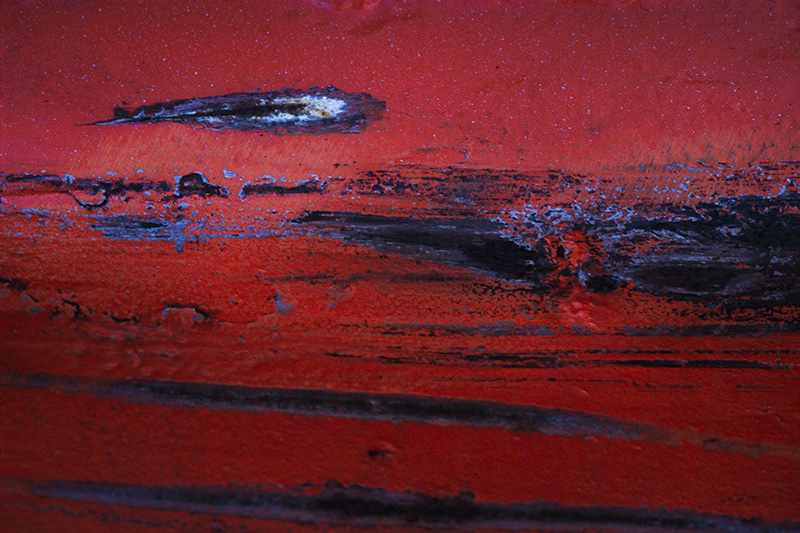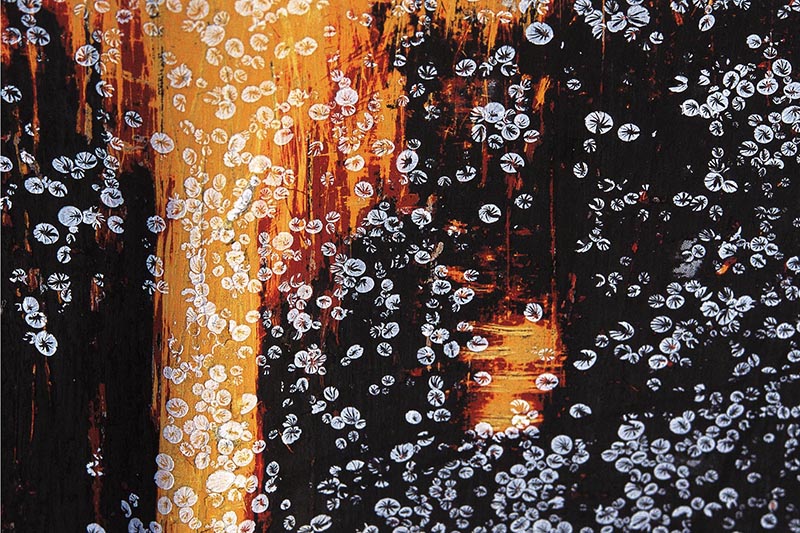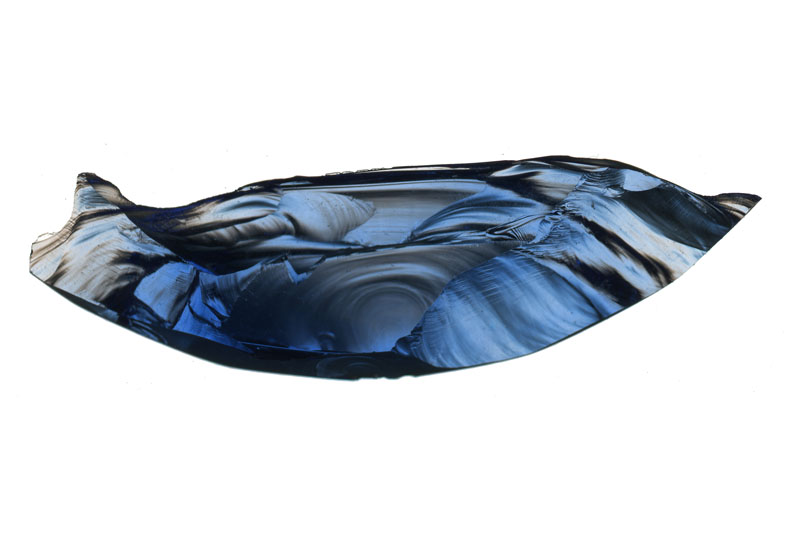|
 |
|
||
|
De la Tierra y el Fuego/ Of Earth and Fire
Carnaval de los Espíritus/Spirits Carnival
|
Sitches
umbrales Hay imágenes que son umbrales: permiten cruzar la superficie visible de lo real y penetrar en territorios insospechados de la imaginación There are images that are thresholds: they allow crossing the visible layer of reality and go into unsuspected territories of the imagination.
|
||
|
|
EL ARTE COMO REENCANTAMIENTO Diego Samper siempre ha comprendido el poder re-velador de la fotografía. Entendiendo el sentido de la palabra “revelar” como develar, pero también como volver a velar. Su mirada descubre el mundo y al mismo tiempo lo carga de misterio, muestra lo no visible al ojo, aquello que no se acomoda a nuestras rutinas perceptivas o a las codificaciones que regulan la mirada. Sus imágenes constantemente hacen ver aquello que no vemos, o aquello que no vemos en lo que vemos, tarea nada despreciable en este devenir imagen del mundo, en este estar sitiado por imágenes y por una irrefrenable pulsión de registro visual a través de todo tipo de cámaras, celulares y demás dispositivos técnicos. La actual sobreabundancia visual no pasa de ser una exagerada fijación a la realidad más explícita lo cual nos ha conducido a creer que la vida se reduce a sus manifestaciones más inmediatas. Las fotografías de Diego Samper, por el contrario, lejos de obedecer a lo inmediato, crean mundos, ensanchan lo que denominamos “realidad”.
ART AS REENCHANMENT
The textures, colors, rhythms, hidden dynamics, secret and elusive structure of Diego Samper’s photographs help us to rediscover the joy and wonder of the world. The impulse to create new realities situate his work somewhere in between the photographic and the pictorial, moving away from photography as a language of documentation or reference. Samper’s affinity with paintings is not an aesthetic choice or technical virtuosity but a different perspective; his works depart from an expositional and analytical viewpoint to instead position themselves in deep resonance with the natural world.
Diego Samper se suma a aquello que expresara un artista tan ejemplarizante como Paul Klee. Para él lo visible era solo un ejemplo de lo real y al artista le correspondería continuar el trabajo creador de la naturaleza a partir de actuar con ella y como ella. Ese sentimiento de honda pertenencia a la dinámica creadora de la vida define a Diego Samper como un artista dispuesto a “ir a la prehistoria de lo visible”, o a ‘ir a la recóndito a través de lo recóndito”, como afirmara Klee. En efecto, su trabajo parece remontarse al magma creador de la naturaleza, a ese lugar en donde ésta se encuentra en trance de hacerse y el artista casi que intuitivamente es conducido a dar presencia a esa potencia vital. Flujos, tramas, ritmos, estratos, metamorfosis, dimensiones de una realidad más compleja y poética, nacen de su lente celebrando ese contacto primordial del artista con la naturaleza.
Diego Samper adds to what exemplary artist Paul Klee expresses in his work. For Klee the visible was only an example of what is real and the job of the artist was to continue the creative impulse of nature while acting in accordance with it. This sentiment of deep belonging to the creative dynamics of life defines Diego Samper as an artist who is willing to go to the “origins of the visible” or to “go to the depths of that which is veiled” as Klee expressed. Samper’s work seems to go back to the creative womb of nature, to that place where it becomes enthralled with creation and the artist, almost intuitively, is guided in manifesting that vital power. Flows, patterns, rhythms, layers, metamorphosis, dimensions of a complex and poetic reality, all born from his lens in celebration of the primordial contact between artist and nature.
Sus mundos son producto de un forzamiento perceptivo, por momentos pareciera captar fragmentos, zonas de la realidad que tomadas descontextualiza y aisladamente cobran dimensiones jamás advertidas por una percepción ceñida a totalidades o identidades mayores. El descentramiento, la captura de lo minúsculo, los encuadres, todo ello relanza la fotografía por universos tan inesperados como abstractos. Ese proceder caracteriza las imágenes de la serie Travesías. Las fotografías de la serie De la tierra y el fuego son producidas por una especie de azar provocado por el feliz encuentro de la materia con la luz. De una acción primordial, propiciada por el propio artista, como es dejar pasar la luz por cristales irregulares, se sucede un estallido de formas, composiciones y colores, posteriormente registrados por la cámara. Es “pintar con la luz”, como atinadamente lo denomina el propio Diego Samper.
Esta labor, tan poética como ecológica, afirma lo visible y lo no visible en un solo abrazo. Lo invisible respira en lo visible.
Javier Gil Samper delivers a world in constant bloom. Everything emerges as life itself, without arrangement, an alliance between the poetic and sacred arises. Nature, the concrete and real, merges with the spiritual and together become a facet of one. His work invites us to appreciate this union in that they drive us to more intimate and sensitive metaphors with nature, to establish associations and resonances between all living things. This task, both poetic and ecological, affirms the visible and the invisible under the same embrace.
Javier Gil
|
|
|
|
|
||||

